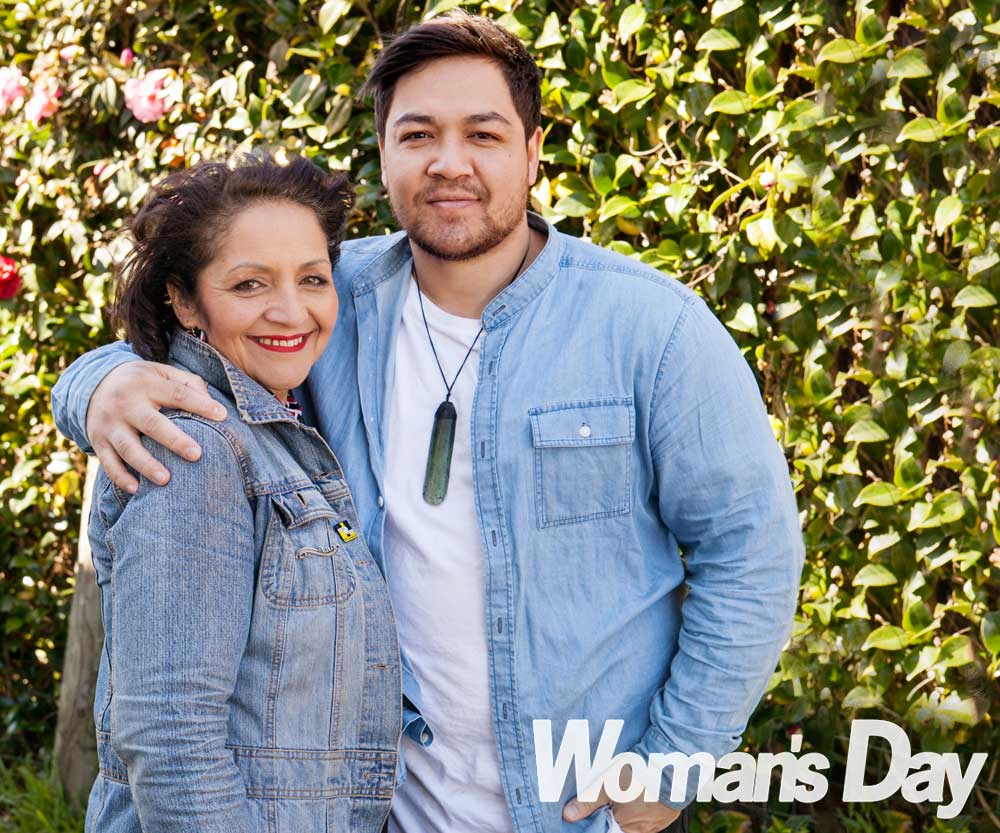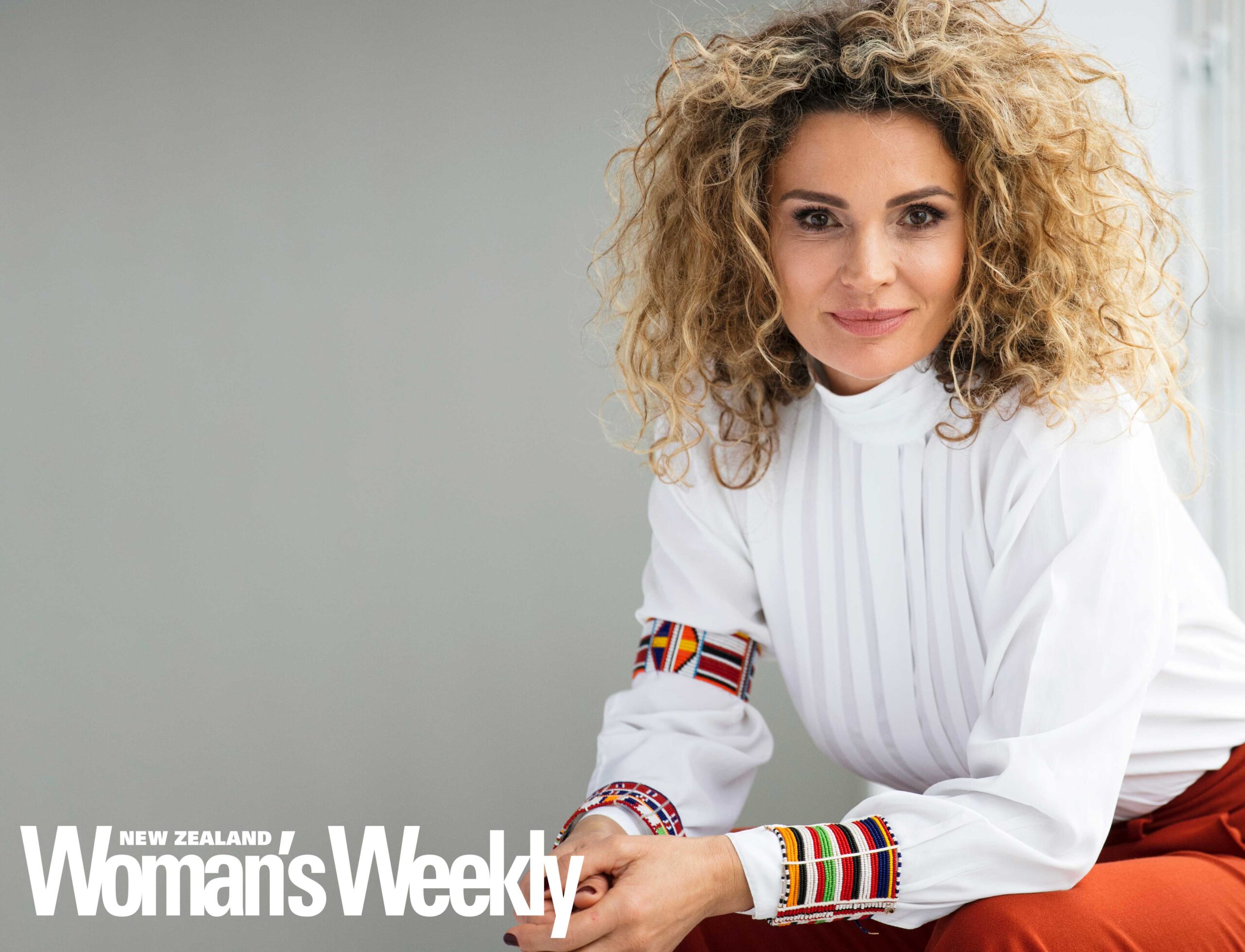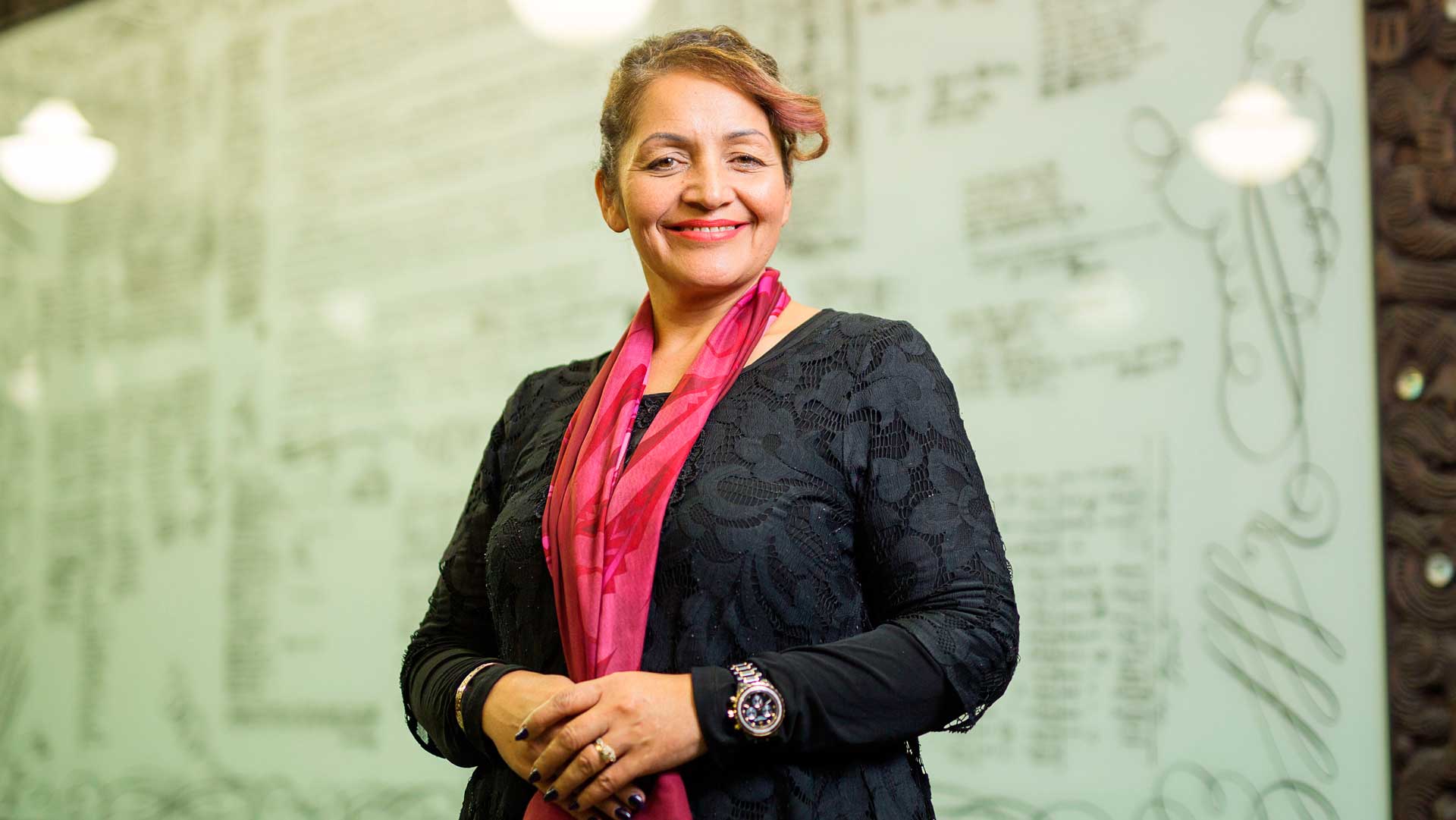The name might make it sound like a uniquely Australian phenomenon, but the boomerang generation – where adult kids leave home only to move back in again – is alive and kicking in Aotearoa!
Just ask Maori Party co-leader Marama Fox and her husband Ben. Twenty people live in the couple’s Masterton house – a cheek-by-jowl existence that leaves little space for solitude or quiet, but one that’s becoming increasingly common as more Kiwis return to roost with their mums and dads.
Four of Marama and Ben’s five sons, Jordon, 29, Jareth, 27, Ririwai, 25, and Whatahoro, 22, plus their respective wives, Marion, 25, Mahli, 25, Fiona, 27, and Matariki, 25, live in the whanau home, a double villa with just one bathroom. As do their four daughters, Te Ao Marama, 15, Mihiroa, 14, Aromea, nine, and Moeteao, six, and six grandchildren aged three years to eight months.
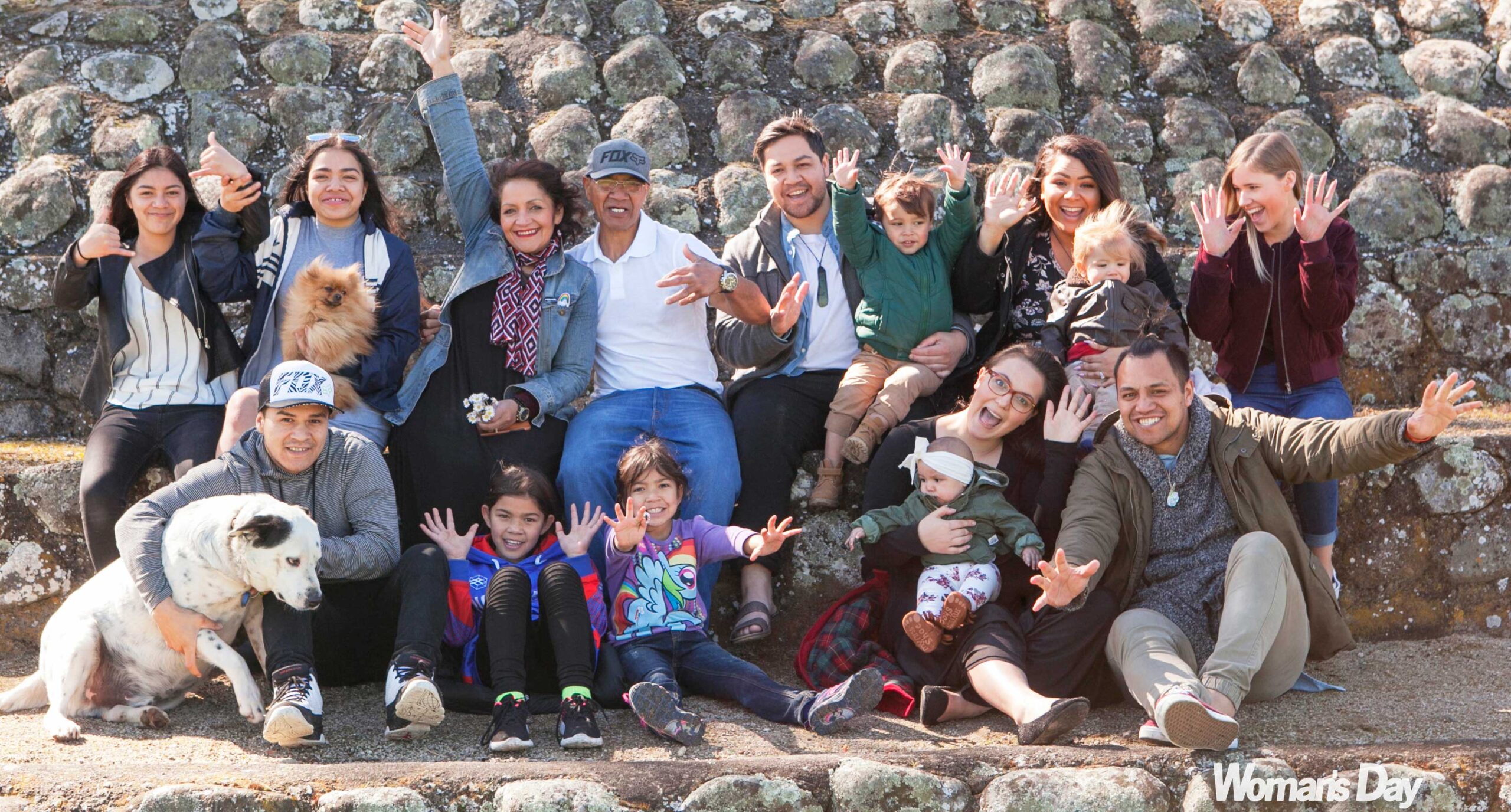
It’s a very different picture from Marama’s day. The former MP was 17 when she left her family home. A year later, she had a child and used her benefit to put a deposit on her first home. By 28, she had five children and another one on the way. She was also studying and teaching. In contrast, her boys headed to Australia after leaving high school, two working as youth counsellors and another in the freezing works.
“They couldn’t afford to study without an allowance and I couldn’t afford to help them because we still had other children at home to look after,” explains Marama, 46.
But she and Ben wanted their sons to have a university education, so she “bribed” them to return to NZ, offering them the family home as an alternative to more expensive rental accommodation. Four are now at Victoria University, commuting to Wellington for lectures and tutorials.
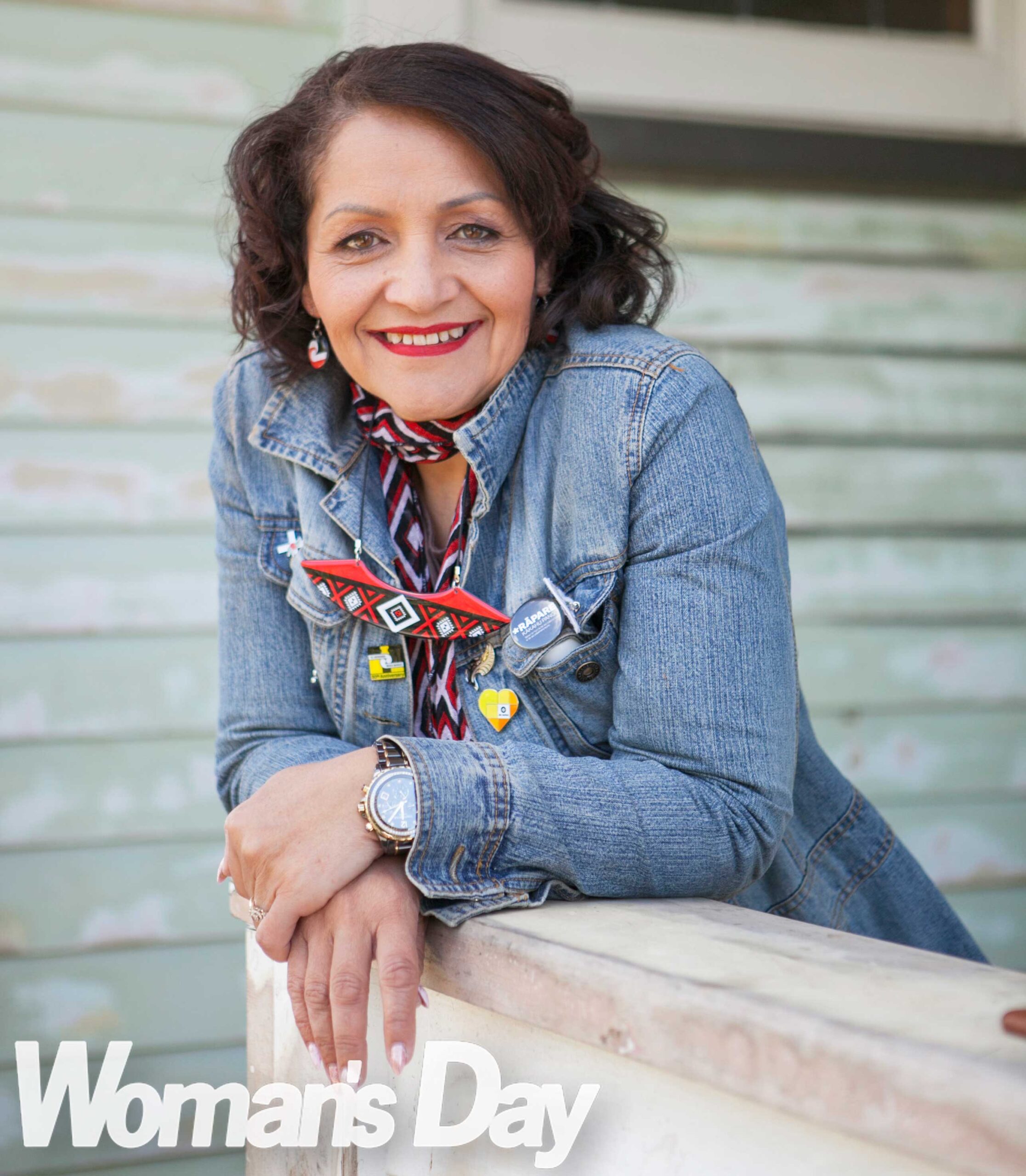
Lack of privacy is a big issue. Marama tells, “My 15-year-old was without a bedroom, although she now sleeps in a room with her two little sisters, and while we have two toilets, there’s only one bathroom.”
Other disadvantages are the big bills and huge food costs.
Marama tells, “It’s really tight in the house, but there’s no lack of love. Everybody pitches in and does their best. It’s a lovely big house full of love, joy and babies.”
Where it was once a rite of passage for teens to brave substandard accommodation when they went flatting, leaving their parents as “empty nesters”, now it’s more likely the family home will becomea “crowded nest”.

With so many of their fabulous whanau in residence, it’s all hands to the pump – and the grandparents of six wouldn’t have it any other way!
Statistics New Zealand reveals the number of adults between 20 and 34 still living with a parent jumped by almost 34,000 to 149,976 between 2001 and 2013.
A recent survey found that in Auckland, where house prices are now 10 times the median income, one in eight people above the age of 25 lives with their mum and/or dad, and the number is rising.
Massey University professor Paul Spoonley says while going flatting was normal for baby boomers, today, life milestones – such as entering the workforce, forming relationships, having kids and owning a home – are being delayed.

“Establishing your own household is dependent on being able to pay the market rent or buy a house, so increasingly we’re going to see more and more people not buying a house or delaying the cost of that by living with their parents, even when they’re married,” explains Paul.
“It’s a complete reversal of what the baby boomers were doing. We left home as soon as we could at 16, 17 or 18 and never went back. The whole dynamic about gaining independence, going out and making your own way in the world has been flipped on its head.”
